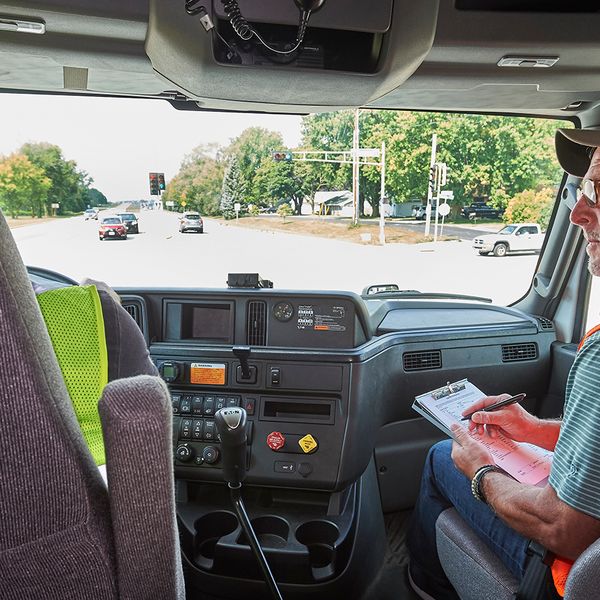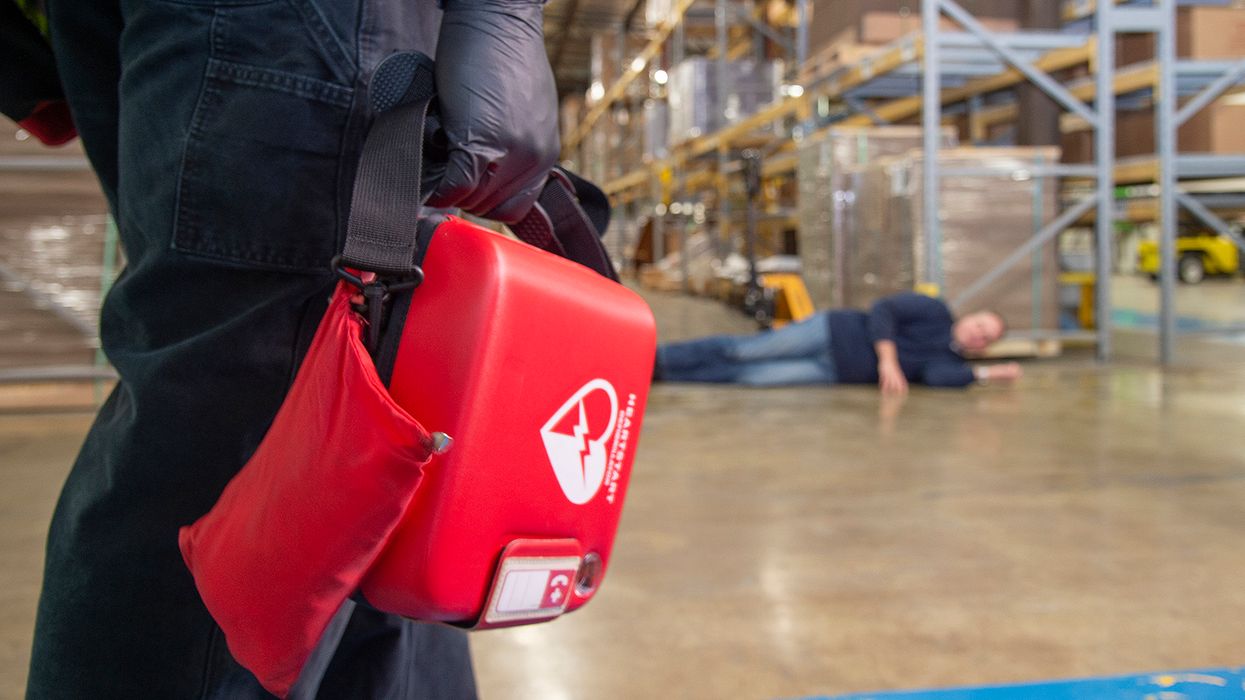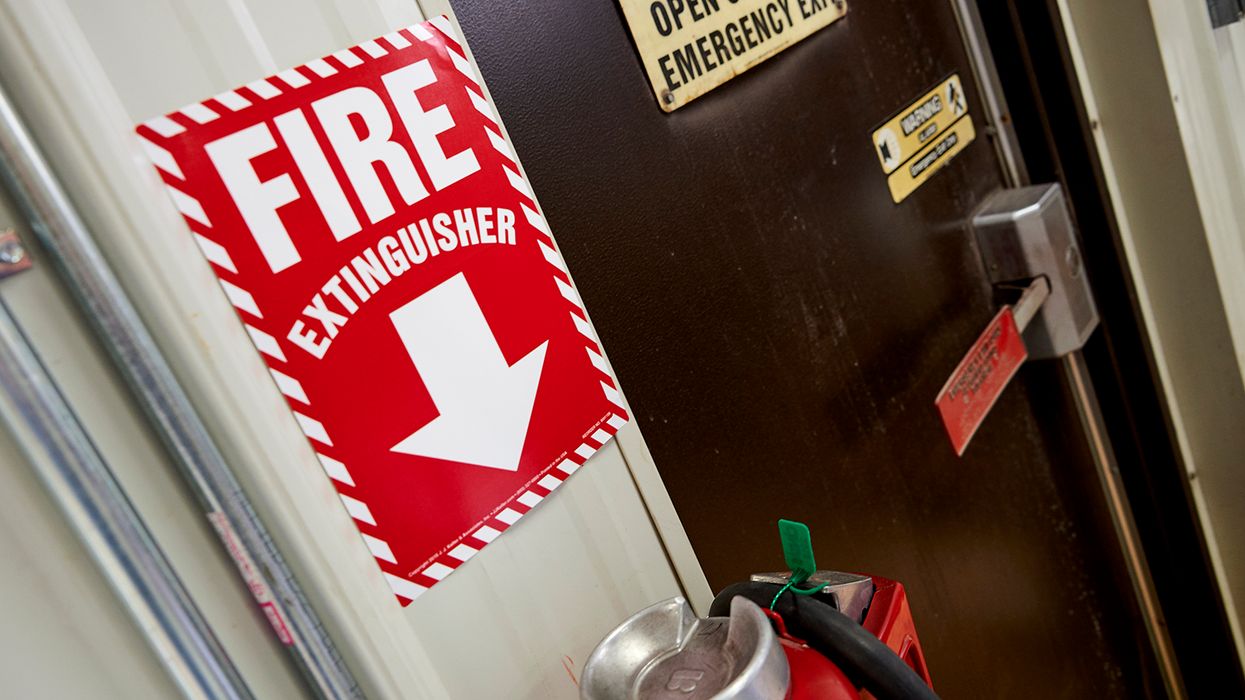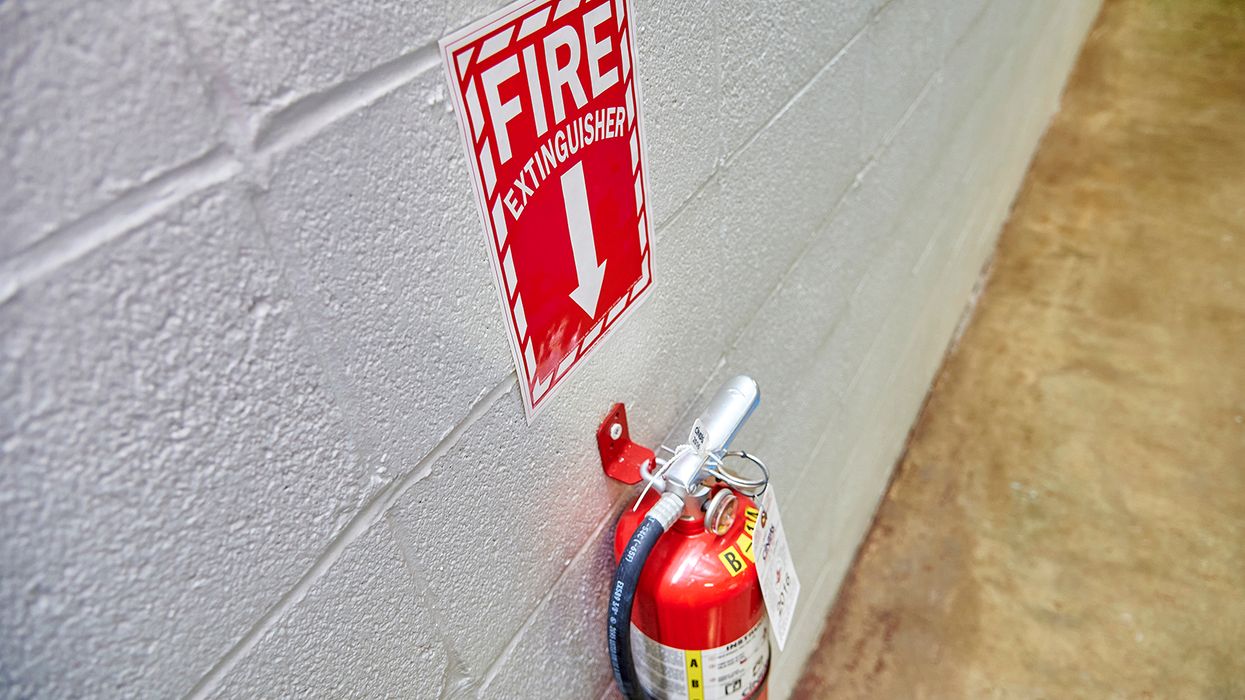ELDT at three: Progress, challenges, and the road ahead
February 7, 2025, marks three years since the implementation of the entry-level driver training (ELDT) regulations. Let's explore the current state, challenges faced, and future prospects of this regulatory requirement.
Current state: What’s required
An individual is required to successfully complete ELDT to:
- Obtain an initial Class A or Class B CDL;
- Upgrade from a Class B to Class A CDL; or
- Obtain an initial passenger, school bus, or hazardous materials endorsement.
Individuals must complete a course of theory and behind-the-wheel instruction, offered by an entity listed on the Federal Motor Carrier Safety Administration’s (FMCSA) Training Provider Registry (TPR). To be listed on the TPR, an entity must meet specific requirements related to everything from curriculum to facilities.
An individual must successfully complete this training and have proof of completion prior to taking the skills test for the new license or endorsement. In the case of the hazardous materials endorsement, which doesn’t require a skills test, proof of completion must be presented prior to taking the knowledge test.
Challenges faced: ELDT and the modified CDL skills test
One of the more confusing issues that has cropped up in the past year is the implementation of the modified CDL skills test by state driver licensing agencies. Many training providers incorrectly believe the modified CDL skills test has an impact on the ELDT requirements, when actually, the ELDT requirements and CDL skills testing are two separate issues.
The ELDT requirements are not changing, as they are intended to ensure an individual possesses the knowledge and skills needed to safely operate a commercial motor vehicle. They do not address, nor are they intended to directly address the CDL skills test.
What has changed is how state driver licensing agencies conduct the CDL skills test. All states are in the process of adopting a new “modernized CDL skills test.” The modernized test slims down the pre-trip inspection process and basic control portion of the skills test.
The ELDT requirements were never intended to "train for the test." Training that specifically addresses the test is something that may be done by a training provider, but this would be done in addition to ELDT.
Another challenge: The continued increase of providers on TPR
The number of schools and entities that have registered on the Federal Motor Carrier Safety Administration’s (FMCSA’s) Training Provider Registry (TPR) continues to grow.
As of January 30, 2025, there are 39,484 training providers listed on the TPR. This includes:
- 35,703 in-person providers;
- 1,810 online providers; and
- 1,971 traveling providers.
Of these 39,484 training providers, 8,075 offer ELDT to the public. This is an increase of just over 15 percent (15.3 percent) from 2024 to 2025.
Over the past two years (2023 to 2025), the overall number of training providers has grown by 36 percent.
This continued growth has some training providers, motor carriers, and the general public expressing concern, as under the current TPR registration system, ELDT providers self-certify that they meet the criteria to provide ELDT. Until recently, almost all applications were approved, as there was little verification of the information listed on the application.
The road ahead: Addressing concerns and the future
Over the past year, FMCSA started taking steps to address concerns related to the TPR, including:
- A stricter review of TPR applications;
- Posting lists of providers under review and providers removed from the TPR on the TPR website; and
- Working with state partners to ensure training providers listed on the TPR are meeting any applicable state-specific requirements, including registering as a training provider with the state.
It is expected that FMCSA will continue moving forward with these measures. The goal — ensuring those listed on the TPR are meeting regulatory requirements.
Key to remember: With the continued growth of ELDT providers on the TPR, scrutiny by FMCSA is expected to become more prevalent. Providers need to make sure they are following all regulatory requirements.

















































